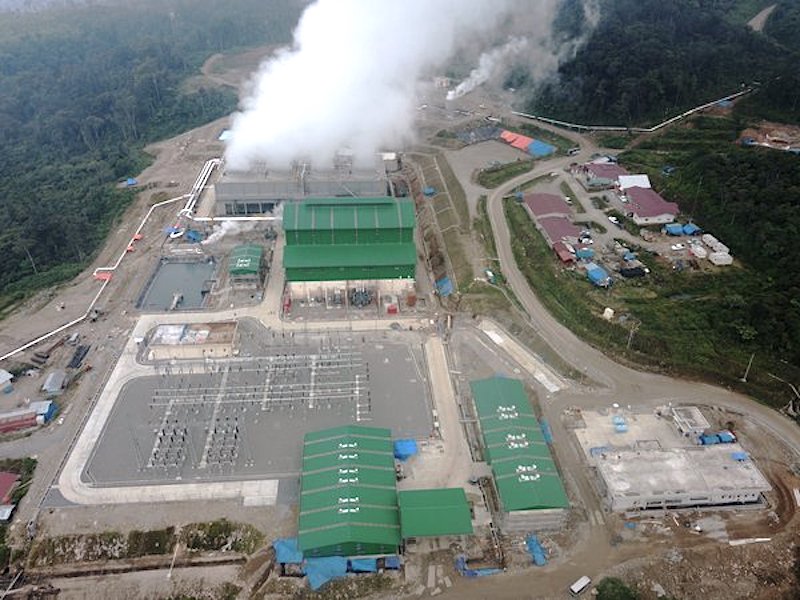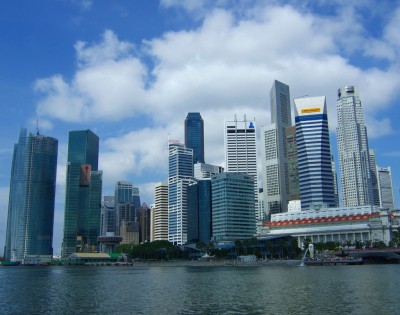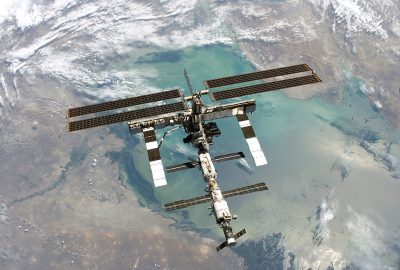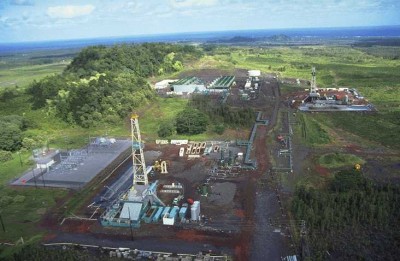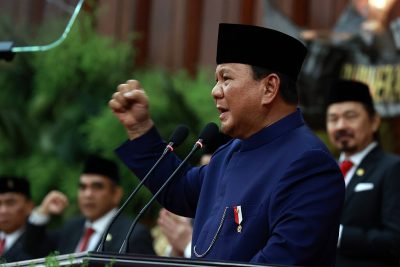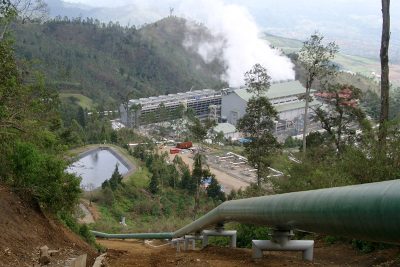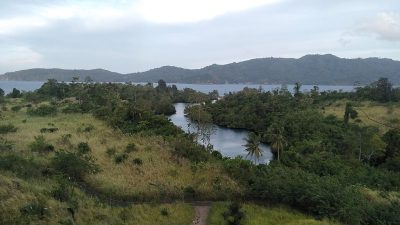Geothermal remains important option to curb Indonesia’s dependence on fuel import
Geothermal energy remains a key option to help Indonesia curb dependence from fossil fuel imports and help the country reach an increased share of renewable energy based power generation in its energy mix.
When optimally utilized geothermal energy can be one of the main solutions in overcoming the use of fuel in Indonesia, so a recent article by Katadata.
Indonesia has considerable potential for new and renewable energy (EBT). Renewable energy sources in Indonesia, including geothermal, water and micro-mini hydro, bio energy, solar, wind and ocean currents are capable of producing 431 GW of electricity, according to Halim Kalla, the Deputy Chairman of the Indonesian Chamber of Commerce and Industry (Kadin) for Renewable Energy and the Environment.
However, the potential for new and renewable energy (EBT) represented in Indonesia has not been tapped in well enough due to constrained regulation and investment. “Unfortunately its use is still limited,” Halim said in November 2019.
According to the Renewable Energy Country Attractiveness Index (RECAI) issued by EY, Indonesia’s EBT investment attractiveness rating is ranked below the 40 countries studied. In October 2019, RECAI Indonesia’s ranking was ranked 38th, behind Thailand, the Philippines and Vietnam. Compared to other energy, the development of the EBT mix is ??relatively small.
Data from the national energy council in 2019 stated that the mix of EBT power plants had only reached 12.36%. Minister of Energy and Human Resources (ESDM) Arifin Tasrif said the use of renewable energy in Indonesia was still at 8% of the total potential that reached 400 GW, while its use was still around 32 GW. Arifin said that the number is still very small, so special planning is needed to optimize this potential. “Of course we have to make a plan how to optimize renewable energy as much as possible,” Arifin said at the 2019 EBTKE ConEX exhibition at the Jakarta International Expo.
In order to increase the realization of geothermal energy, the government through the National Energy General Plan (RUEN) has set the target of energy development of 7,242 MW in the next 2025.
There is a large potential for the utilisation of geothermal energy in Indonesia given the country’s position in the world tectonic framework. Generally, this energy can be utilized as electrical energy or as heat energy for swimming pool heating, drying agricultural products and others. Geothermal energy is also more environmentally friendly because it produces less emissions than other non-EBT energy. Emissions from geothermal energy are only 1/10 of the emissions from diesel generators. In fact, geothermal energy emissions are only 1/15 of coal-fired steam power plant emissions. CO2 emissions of geothermal energy is only 75 grams per kWh lower than the fuel which is 10 times higher at 772 grams per kWh. In addition, Geothermal Power Plants (PLTP) are also far more efficient because it can operate up to 90 percent of its capacity with up to 30 years of operating time. While coal power plants have a capacity of only 30-80 percent with equipment age reaching 10-20 years. PT Pertamina President Director Nicke Widyawati said that Indonesia still has a potential source of geothermal reserves of around 28 to 30 GW, while 1,877 megawatts (MW) of this potential is managed by Pertamina. ”
From 1,877 MW, there are 572 MW of self-operated and the rest we operate together with other parties,” said Nicke in February 2020. In addition, 40 percent of the world’s geothermal reserves are in the country, making Indonesia the second country with the largest geothermal potential in the world. The installed capacity reaches 1,400 MW. The United States is the country with the largest geothermal potential in the world with an estimated 30,000 MW, while an installed capacity of 3,400 MW (actually 3,676 MW at year-end 2019).
When viewed from the surface geothermal emergence per unit area, Indonesia ranks fourth in the world. The Indonesian Renewable Energy Society (METI) said, Indonesia has 312 geothermal fields with potential to be utilised. Of these, only 70 fields have become Geothermal Working Areas (WKP). The rest can be developed into renewable energy sources. The current installed geothermal power generation capacity of Indonesia is at 2,133 MW of consisting of 16 PLTPs in 14 Geothermal Working Areas (WKP). Utilization is only reached 6.6 percent of the existing potential. In fact, if used optimally geothermal energy can be one of the main solutions in overcoming the use of fuel, which about 50 percent comes from imports. Institute for Essential Service Reform (IESR) Executive Director Fabby Tumiwa added that inconsistent policies and regulations were one of the obstacles to geothermal development. “Limited financing options and licensing processes sometimes hamper.
Whereas geothermal is one type of renewable energy with a very high level of risk and government policies contribute to the slow development of this energy,” Fabby said in an interview in February 2020.
Source: Katadata
